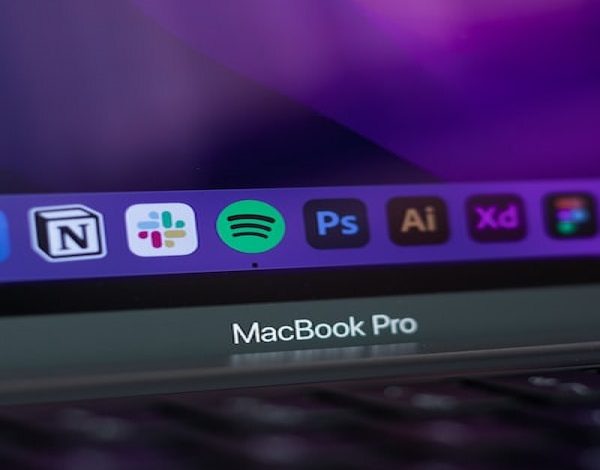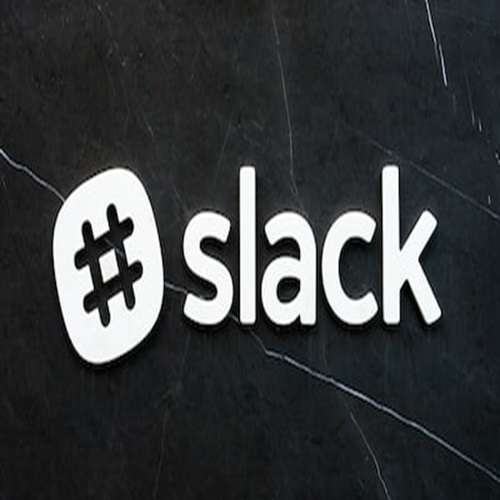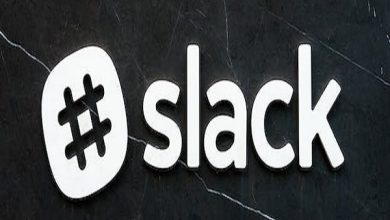
In the ever-evolving landscape of software development, collaboration has emerged as a cornerstone of success. The days of solitary coding in isolation are being replaced by a new paradigm that emphasizes the power of team collaboration. As projects become more complex and diverse, the need for seamless communication and efficient coordination among team members has become increasingly critical. This is where communication tools like Slack come into play, providing developers with a platform that goes beyond simple messaging to facilitate effective collaboration throughout the development process.
Understanding the Need for Developer Collaboration
In the world of software development, collaboration is no longer a luxury—it’s a necessity. The challenges of solo coding are well-documented: the potential for tunnel vision, limited skill sets, and slower problem-solving. Conversely, when developers come together, the fusion of diverse skills and perspectives can lead to innovative solutions and faster development cycles. Collaborative development encourages peer learning, code sharing, and the democratization of ideas, all of which contribute to enhanced code quality and accelerated innovation.

Slack is More Than Just a Chat Platform
While Slack is often associated with instant messaging, it offers a plethora of features that make it an ideal platform for developer collaboration. Beyond straightforward messaging, Slack offers the ability to integrate third-party tools, bots, and plugins that can significantly extend its functionality. This means that you can bring your entire development toolchain into one place, eliminating the need to jump between different platforms and tools.
One of Slack’s key features for organized collaboration is its use of channels and threads. Channels are like rooms where specific discussions take place, and they can be organized based on projects, teams, or even topics of interest. Threads, on the other hand, allow for in-depth discussions to happen within a message without cluttering the main channel. This feature helps maintain context and ensures that discussions remain focused.
Setting Up Slack for Developer Teams
Creating a tailored workspace on Slack is essential to effective collaboration. Start by creating channels that align with your projects, teams, and interests. Having a “General” channel for team-wide updates and discussions is a good starting point. From there, you can branch out into project-specific channels, interest-based channels (like frontend, backend, etc.), and even channels for non-development topics to encourage team bonding.
Naming conventions and clear descriptions for channels are crucial to avoid confusion. A well-named channel immediately communicates its purpose to team members, making it easier for them to join relevant conversations. Providing descriptions for channels further clarifies their purpose and sets the tone for discussions.
Real-time Collaboration on Code
Sharing code snippets and discussing them in real-time can greatly enhance collaboration among developers. Slack makes it easy to share code by pasting snippets directly into messages. Additionally, there are plugins and integrations available that allow for code formatting, ensuring that code remains readable and maintainable even within a chat message.
When team members are reviewing or discussing code, they can use threads to keep the conversation organized. Threads prevent unrelated discussions from overwhelming the main channel while providing a designated space for comprehensive code discussions.
Code Reviews and Feedback
Code reviews are a crucial part of maintaining code quality and ensuring that best practices are followed. Slack can play a pivotal role in facilitating code reviews and feedback loops. When a piece of code is up for review, team members can share it in the relevant channel or thread. Colleagues can then provide feedback, ask questions, and suggest improvements directly within Slack.
It’s important to approach code reviews with a positive and constructive mindset. Developers should focus on providing actionable feedback that helps improve the code rather than merely pointing out mistakes. This fosters a collaborative and supportive atmosphere within the team.
Integrating Development Tools
In the world of modern software development, a plethora of tools are used to streamline different aspects of the process, from version control and continuous integration to issue tracking and project management. Integrating these tools with Slack can provide your team with a centralized hub for receiving notifications and updates.
For example, you can integrate your version control system to automatically notify the relevant channels when code is committed or merged. This keeps everyone informed about the status of the project without the need to manually check repositories. Similarly, integrating CI/CD tools can provide instant feedback on build and deployment statuses.
Collaboration Beyond Coding
While Slack is an exceptional platform for collaborating on code, its utility extends well beyond programming. Brainstorming sessions, design discussions, and architecture planning can all take place within Slack channels. Its versatility makes it a valuable tool for fostering a collaborative environment across various aspects of development.
Whether you’re discussing the user interface of an application, brainstorming new features, or outlining the architecture of a complex system, Slack’s channels and threads provide the structure needed to keep conversations organized and ideas flowing.
Best Practices for Effective Developer Collaboration on Slack
To make the most of Slack for developer collaboration, there are several best practices to consider. Clear communication is paramount, with concise and relevant messages helping to maintain focus and prevent misunderstandings. Embracing the diversity of perspectives within the team promotes a healthy exchange of ideas and ensures well-rounded solutions. Furthermore, using Slack’s tools wisely, such as threads for detailed discussions and integrations for automated updates, can significantly improve efficiency.
As with any tool, the effectiveness of Slack for developer collaboration depends on how it’s used. Here are some best practices to consider:
- Clear Communication: Use channels and threads wisely to keep discussions organized and relevant. Avoid cluttering channels with unrelated topics.
- Respect Diverse Perspectives: Embrace the diversity of your team’s skill sets and viewpoints. Healthy debates and discussions can lead to better solutions.
- Choose Integrations Wisely: While integrations can enhance productivity, avoid overloading Slack with unnecessary tools that might distract from the primary goal of collaboration.
- Constructive Feedback: Approach code reviews and discussions with a positive and constructive attitude. Focus on improving code quality rather than pointing out mistakes.
- Regular Evaluations: Periodically assess your Slack setup to ensure that it aligns with your team’s evolving needs. Channels and integrations that were once valuable might need adjustments over time.
Conclusion
In the dynamic landscape of software development, effective collaboration is a driving force behind success. Slack’s diverse features, from channels and threads to integrations and bots, make it an invaluable platform for fostering collaboration among developers. The transition from solo coding to team-based collaboration has led to faster problem-solving, improved code quality, and the cultivation of innovative solutions. By leveraging Slack’s capabilities, development teams can transform chats into code, thereby redefining how software is built through seamless communication and coordinated efforts. As you embark on your collaborative journey, remember that the real magic happens when diverse minds unite to create exceptional solutions.
Resources
- Slack Guides and Documentation:
- Integrations and Plugins:
- Developer Collaboration Best Practices:









